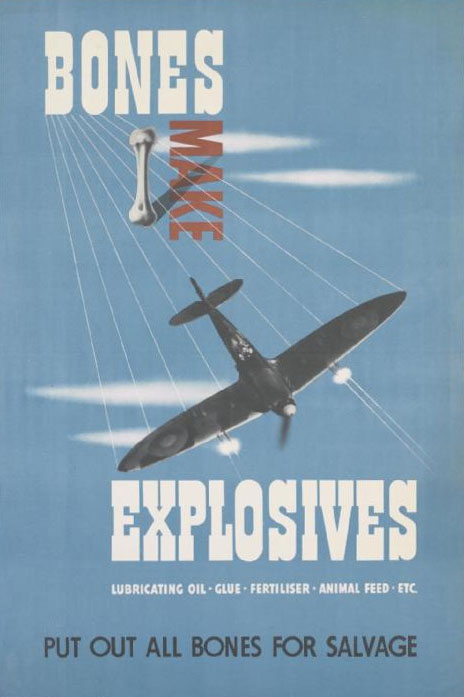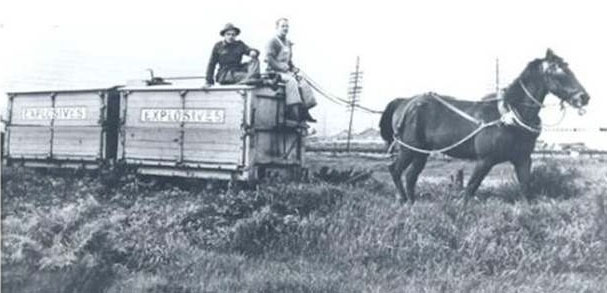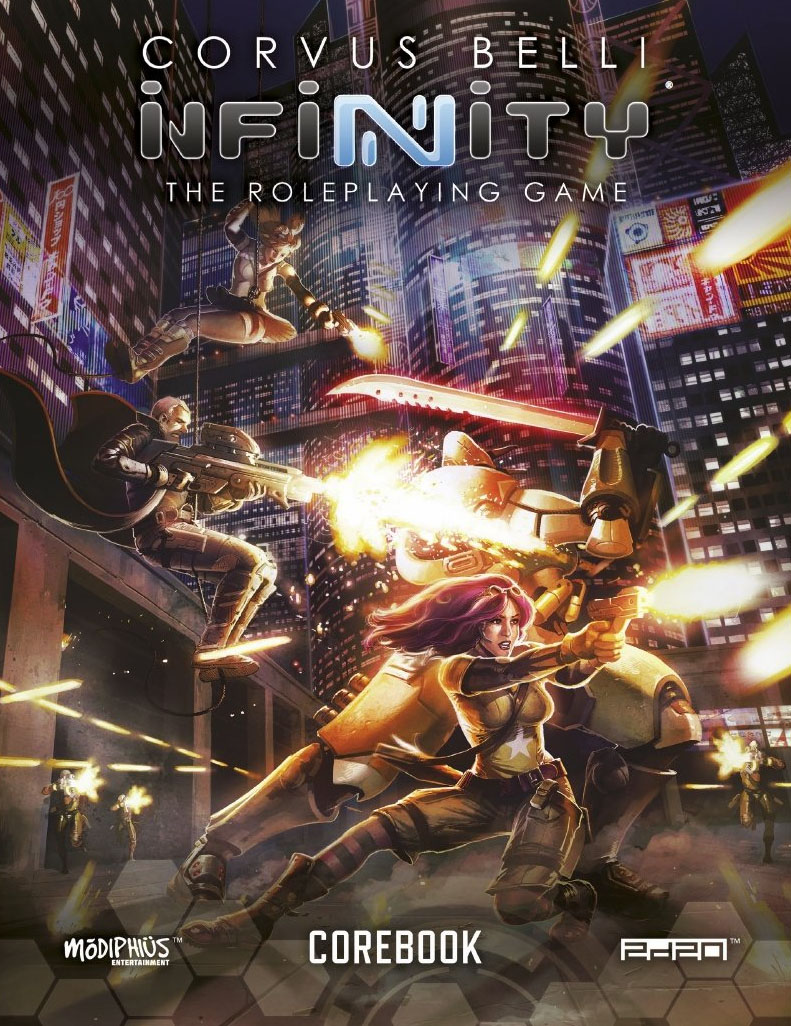The fire bathed him and cleansed him and brought the cairn-dark to his eyes. The bane-doom of his clan had come to rest upon his shoulders, too. The memories of the caves passed before him, and he traveled the Long Hall to the Mysteries of the Plain.
But as he journeyed down the Long Hall, he saw before him two figures. And one had the form of a man with golden skin. And the other was that of a great snake with silver scales and gossamer wings.
And the figures spoke to him thus, with voices of conjoined chorus: “Turn back, Itarek Clan-Warrior. This hall is no place for the quick.”
And Itarek answered thus: “But my place is upon the Green Fields of our Lost Fathers, for I am dead, my liege-lords.” And he fell to his knees and bowed his head, for they seemed to him now to be great chieftains.
At this the golden-skinned warrior laughed and the silver snake spoke again, this time its voice seeming no more than a whisper: “How can you be dead, Itarek Clan-Warrior? For you yet breathe.”
And at the words breath burst in Itarek’s chest and the blood beat through his veins. The figures seemed to step behind a veil, the Long Hall faded into shadow, and he opened his eyes once more upon the heart of the bane-doom.
The heroes of the world above had fallen. Their broken bodies lay scattered upon the floor. Only the Holy Man of the Forgotten Gods remained, and Itarek understood now that the strength had been restored to his limbs and the breath to his body only through the divine grace that flowed through the faith of this man. And Itarek felt that faith being born in his own blood. He felt it beating through his own heart.
Now, beyond the Holy Man he saw the bane-bearer Morbion and, at his side, a demon of corrupted flesh. He saw, too, that the Holy Man wavered upon the bloody brink of death. His fingers tightened upon his sword. His legs beat down upon the floor and he rose.
Itarek stepped forward and lowered his sword. “Morbion!” he cried. “I name you Kinslayer and Clanbane. I utter clan-curse upon you. And in the name of those you have killed and those you have corrupted, I give you the challenge of the clan.”
“Do you think me still bound by your mortal law?” Morbion said, and his voice was cold ash. With a flick of his wrist, the bane-bearer sent his demon forward – a mavering maw of muscular death.
Itarek thrust forth his sword, and impaled the demon upon it. “Bane you may be,” he said. “But in your chest still beats a goblin heart.”
And he wrenched free his blade. The demon fell dead at his feet, and in the eyes of Morbion the flickering flame of anger was kindled. Itarek saw it. He knew it. And it gave him hope, for now his vain words rang true in his own ears: Strange and blighted Morbion may have become, but he was not beyond the ken of blade or the bite of steel.
Morbion came forth and the tentacles of his corruption beat upon Itarek. But Itarek did not fear them. Behind him, the Holy Man remained upon his knees and Itarek could hear the murmur of his prayer and could feel the golden strength of it flowing into his limbs. It knit his wounds and soothed his pain.
“Bane you may be, but in your chest still beats a goblin heart!” he cried again. He raised his sword and brought it low. And at its passing, one of the corrupt tendrils fell free and flew from the back of Morbion.
Morbion cried in rage: “I have forsaken your ways!”
And Itarek answered with sword and word: “Forsworn you may be, but oaths there are that must be kept!”
And another tendril fell. And Itarek saw that, like his sword, his words had found their mark – for Morbion paid no mind to the priest or his prayers, and all his hate was bent upon Itarek alone.
And for this Itarek was glad, for he was sure that without the prayers of the priest he would be lost. Fast with blade he might be, but no speed could match the terrible might of Morbion.
Even then, as if to mock his thought, Morbion bore down upon him and drove him to the floor. His twin tendrils closed about Itarek’s throat and he laughed, “Did you think to stop me? Know that the Galchutt shall awaken! Know that all hope is lost!”
Through the red blackness that blurred his vision, Itarek looked up with bloodshot eyes. Through bruised and bloodied lips, he smiled. Through choked voice, he laid his sooth: “In darkness you may be lost, but the fires of our clan will light your way.”
And the prayers of the Holy Man beat upon him and spurred him. In that prayer he found his strength.
And now Morbion fell back before him and the anger in his eyes turned to fear.
“In the fires of our clan, your limbs shall burn, your blood shall boil, and your soul shall die!” And Itarek thrust his blade deep into the chest of Morbion.
The Bane-Bearer and Kinslayer and Clanbane fell. And his final breath was a warning and a curse: “The chaos comes. There is no hope…”
And Itarek turned his eyes from him and looked upon his fallen comrades and he wept.















